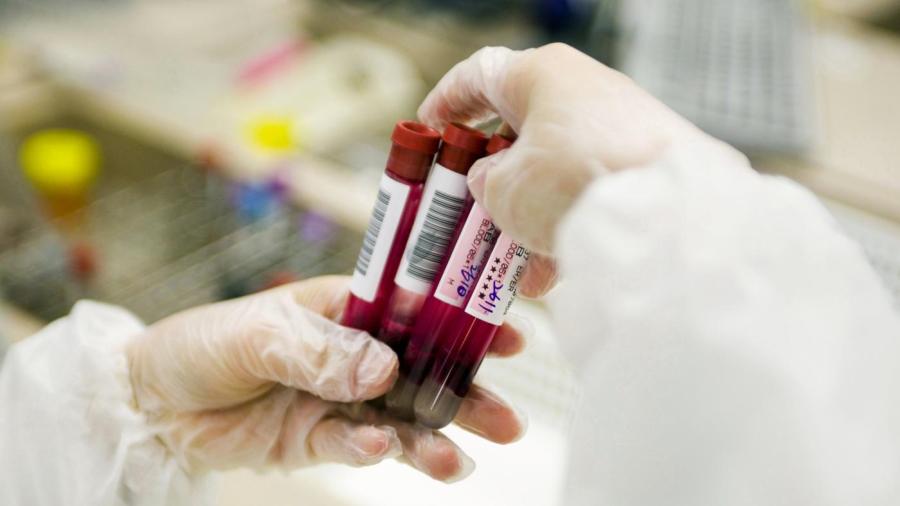What Are the Symptoms of a Low Lymph Blood Count?

Symptoms of a low lymphocyte count, or lymphocytopenia, include unusual, persistent or repetitive infections, according to the National Heart, Lung and Blood Institute. Other signs include enlarged spleens and swollen lymph nodes. However, on its own, the condition may not precipitate any symptoms, and physicians typically stumble on it while checking for other diseases.
Mild lymphocytopenia may cause no symptoms, but a severe form of the condition leads to a variety of bacterial, fungal, parasitic and viral diseases, explains MSD Manual. These infections may be accompanied by fever and other symptoms.
Causes of lymphocytopenia include viral infections such as tuberculosis, hepatitis, influenza and HIV, states Lab Tests Online. Other causes include immune deficiency, such as that associated with radiotherapy and chemotherapy, autoimmune disorders such as rheumatoid arthritis and lupus, and bone marrow damage.
Some of the tests that physicians use to diagnose the disease include the complete blood count with differential, which, unlike a standard blood count, can precisely determine the level of lymphocytes in a sample, notes the National Heart, Lung and Blood Institute. Other assays include flow cytometry, which checks the levels of various types of blood cells, lymph node tests, bone marrow tests and blood tests.
Lymphocytes typically constitute 20 percent to 40 percent of all white blood cells, says MSD Manual. In children, the normal lymphocyte count is usually above 3,000 cells per microliter of blood, while adults normally have a count of 1,500 cells per microliter or higher.





